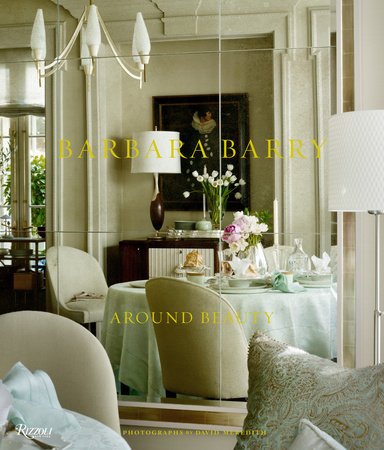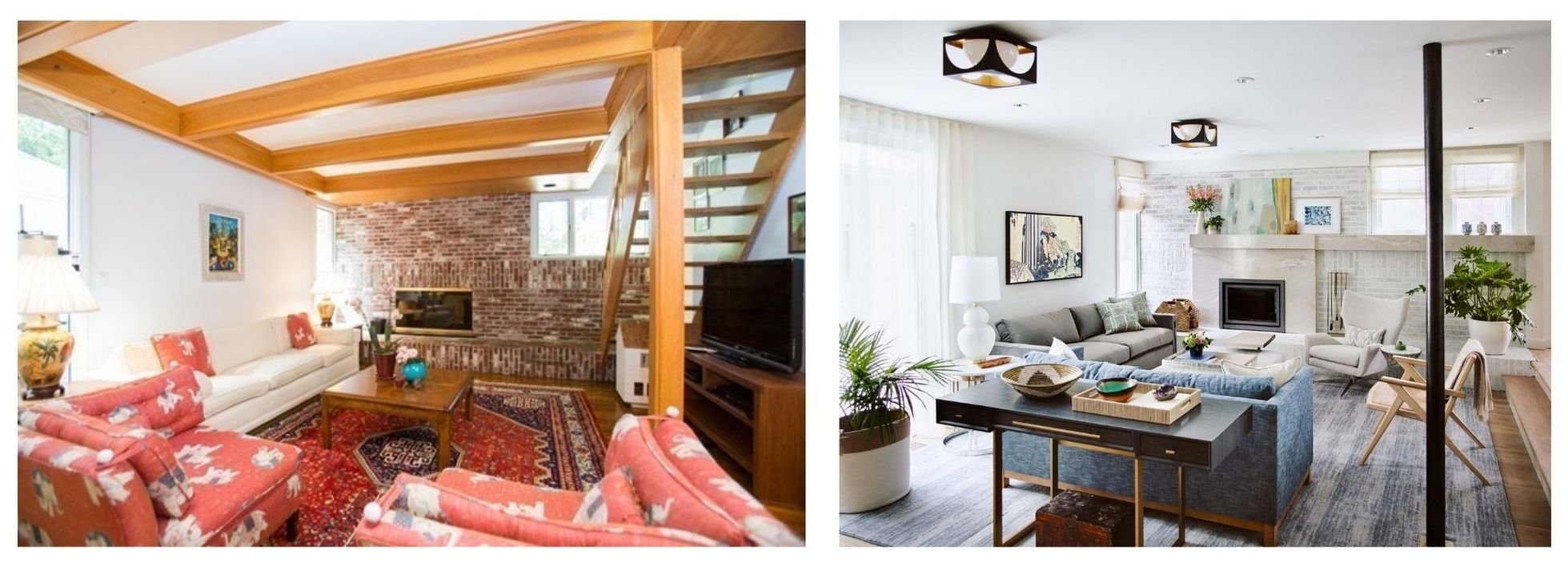The Interior Designer Mystique
Although there are myriad books about interior design, beginning with The House in Good Taste by “The First Lady of Interior Decoration” Elsie de Wolfe, Hollywood has yet to accurately capture the mystique of the interior designer. Feeble fictional attempts include Jan Morrow in Pillow Talk, as portrayed by Doris Day, or Darien Taylor in Wall Street, as portrayed by Daryl Hannah (who detested the part). Interior designers are made to look either ridiculous, evil, or vapid like the ladies of the 1980s television program Designing Women. Then there is Otho Fenlock, the flamboyant interior designer in Beetlejuice, portrayed by the late Glenn Shadix.
On the other end of the spectrum are reality television shows on HGTV that turn designers like Nate Berkus and Jeremiah Brent into stars, but don’t necessarily reflect the transformative artistry of interior design. Often the budgets and timelines are illusory. The Netflix show, Amazing Interiors, is all about eccentric homeowners and their far-out spaces.
Although not interior designers in the same vein as myself and peers, production and set designers create imaginative interiors for movies and television. We can certainly think of memorable and inspiring places in movies, like the Long Island beach house in Something’s Gotta Give, or the stylish sets in Wes Anderson films like The Grand Budapest Hotel or The Royal Tenenbaums. My favorite is the beautiful home in the Hamptons portrayed in the riches to rags 2009 movie Grey Gardens—the true story of Edith Bouvier Beale (from whom our Irish Terrier gets her name ) the eccentric and reclusive relatives of Jacqueline Bouvier Kennedy Onassis, starring Drew Barrymore and Jessica Lange.
Think of the difference between a costume designer creating wardrobes for characters and fashion designers creating collections for real people, and the analogy between production designers and interior designers becomes clearer.
THE ALLURE OF THE INTERIOR DESIGNER
The allure of the interior designer can be seen in books like Martyn Lawrence Bullard’s Live, Love & Decorate, Barbara Barry’s Around Beauty, or Victoria Hagan’s Dream Spaces. These signature spaces are as much about the designer as the design. I enjoy leafing through these portfolios - they’re a wonderful source of inspiration for me and my clients. Of course, not every client is open to sharing their homes in such a public way, and we completely understand and respect that. Whenever we ask to use images for publication, we never reveal addresses nor use names unless given explicit permission. Our clients’ comfort and privacy are paramount.
As I’ve written before, I think of a client’s project as a canvas upon which to creatively compose spaces that are beautiful, functional, and personal - spaces that enrich their lives in new and positive ways. It is part of the interior designer's mystique to be the artist and the puzzle solver, the harmony and the melody.
As de Wolfe wrote in 1913 - and it still applies - “What is the goal? A house that is like the life that goes on with it, a house that gives us beauty as we understand it - and beauty of a nobler kind that we may grow to understand, a house that looks refined.” De Wolfe created the model that shaped generations of interior designers. She set the stage.
A new generation of interior designers has picked up the mantle. Whether enhancing an environment’s architectural vocabulary or realizing complete home redesigns, Dane Austin Design projects are guided by the relationships we build with our discerning clientele. Each project is driven by our core values of compassion, generosity, and trust; they are non-negotiable and enduring. We believe our work reflects the taste and lifestyle of each client in a unique and compelling way with just a touch of the interior designer’s (my) “je ne sais quoi” - that something special, that indefinable trait.
Weston Bauhaus Before + After




